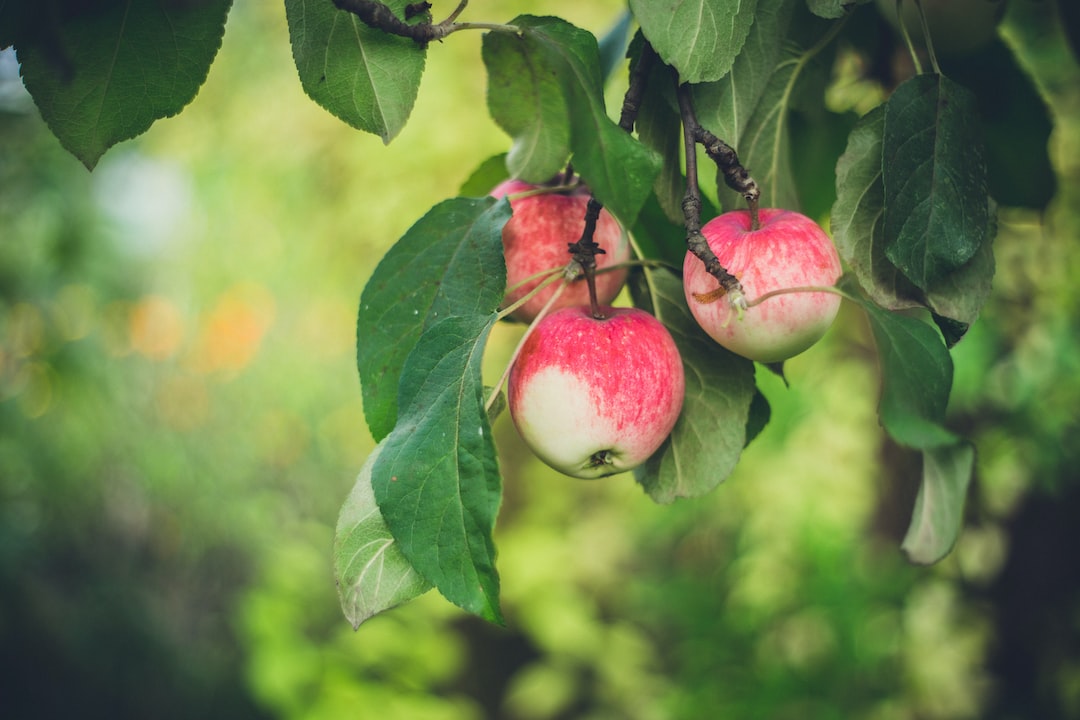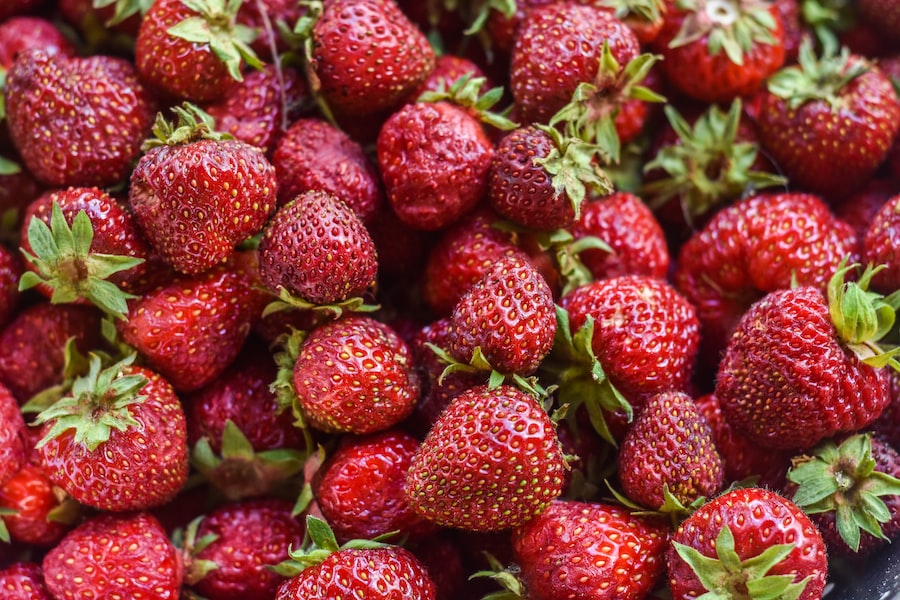From Green to Golden: A Guide to Knowing When Limes are Ripe

Limes are a popular citrus fruit that is used in a variety of ways, from cooking and baking to making refreshing beverages and even cleaning products. Whether you’re squeezing lime juice over a salad, using it as a marinade for meat, or adding it to your favorite cocktail, knowing when limes are ripe is important for getting the best flavor and nutritional value from the fruit. In this blog post, we will discuss the growth cycle of limes, physical signs of ripe limes, color indicators, texture and firmness, climate, popular varieties, the best time of year to harvest, and tips for storing and preserving ripe limes.
Key Takeaways
- Knowing when limes are ripe is important for optimal flavor and nutrition.
- The growth cycle of limes includes flowering, fruiting, and ripening.
- Physical signs of ripe limes include size, weight, and softness.
- Color indicators of ripe limes vary by variety, but generally include a bright green or yellow hue.
- Texture and firmness are also important indicators of ripe limes, with a slight give when squeezed being ideal.
Understanding the Growth Cycle of Limes
Limes grow on trees and go through several stages of growth before they are ripe and ready to be harvested. The growth cycle begins with the tree producing flowers, which then turn into small green limes. As the limes grow, they go through several stages of development. The first stage is the cell division stage, where the cells in the lime multiply rapidly. This is followed by the cell enlargement stage, where the cells grow in size and the lime starts to take shape. Finally, the lime enters the maturation stage, which is when it is fully ripe and ready to be harvested.
Physical Signs of Ripe Limes
There are several physical signs that can indicate whether a lime is ripe or not. One of these signs is the size of the lime. Ripe limes are typically larger than unripe limes. They have had enough time to grow and develop fully, resulting in a larger fruit. Another physical sign to look for is the weight of the lime. Ripe limes are heavier than unripe limes due to their higher water content. When you pick up a lime, it should feel heavier in your hand if it is ripe. Additionally, ripe limes have a smooth skin and are free of blemishes or bruises. The skin should be firm and not wrinkled or shriveled.
Color Indicators of Ripe Limes
| Color Indicator | Description |
|---|---|
| Green | Unripe |
| Yellowish Green | Partially ripe |
| Yellow | Fully ripe |
| Brown | Overripe |
The color of a lime can also be a good indicator of its ripeness. Ripe limes are typically a bright green color. However, it’s important to note that some varieties of limes may turn yellow when they are ripe. For example, Key limes are smaller and turn yellow when they are fully ripe. So, if you’re unsure about the ripeness of a lime, check the color. If it’s bright green or yellow, it’s likely ripe and ready to be used.
Texture and Firmness of Ripe Limes
In addition to size and color, the texture and firmness of a lime can also indicate its ripeness. Ripe limes should have a firm texture when you squeeze them gently. They should give slightly under pressure but not feel too soft or mushy. Limes that are too soft or mushy may be overripe and not good for use. On the other hand, limes that are too hard and don’t give at all when squeezed may still be unripe.
The Role of Climate in Lime Ripening

The climate in which limes are grown can play a role in their ripening process. Limes grown in warmer climates tend to ripen faster than those grown in cooler climates. The warm temperatures help speed up the growth and development of the fruit, resulting in faster ripening. Additionally, the amount of rainfall and sunlight can also affect the ripening process. Limes need a balance of both to grow and ripen properly. Too much rain or shade can delay the ripening process, while too much sun can cause the fruit to become dry and shriveled.
Popular Varieties of Limes and Their Ripening Characteristics
There are several popular varieties of limes, each with its own ripening characteristics. Persian limes are the most common variety and are typically harvested when they are fully green and have a smooth skin. They have a tart flavor and are often used in cooking and baking. Key limes, on the other hand, are smaller and turn yellow when they are ripe. They have a more acidic flavor and are commonly used in making Key lime pie. Kaffir limes are typically used for their leaves and zest, but the fruit can also be harvested when it is fully green. They have a unique flavor and are often used in Thai cuisine.
The Best Time of Year to Harvest Limes
The best time of year to harvest limes depends on the variety and location. In general, limes are harvested in the late summer or early fall when they are fully ripe. However, the exact timing can vary depending on the specific variety and the climate in which they are grown. It’s important to keep an eye on your lime trees and monitor the fruit as it develops to determine the best time to harvest.
Tips for Storing and Preserving Ripe Limes
Once you have harvested your ripe limes, it’s important to store them properly to ensure their freshness and flavor. Ripe limes can be stored in the refrigerator for up to two weeks. Place them in a plastic bag or container to help retain their moisture. If you have more limes than you can use within two weeks, you can also freeze them for later use. Simply squeeze the juice out of the limes and freeze it in ice cube trays or small containers. Lime juice can also be preserved by canning or freezing.
Recipes and Ideas for Using Ripe Limes in Cooking and Beverages
Ripe limes can be used in a variety of recipes, adding a burst of flavor and acidity to your dishes. They can be used in marinades for meat, dressings for salads, and sauces for seafood. Lime juice can also be used in cocktails, mocktails, and other beverages. It pairs well with tequila in margaritas, adds a refreshing twist to lemonade, and can even be used to make homemade limeade. Additionally, lime zest can be used to add flavor to dishes and baked goods. It can be sprinkled over grilled fish or chicken, added to cookies or cakes for a citrusy kick, or used to make lime-infused olive oil.
In conclusion, knowing when limes are ripe is important for getting the best flavor and nutritional value from the fruit. By understanding the growth cycle of limes and looking for physical signs such as size, weight, color, and texture, you can determine when your limes are ready to be harvested. The climate in which limes are grown can also affect their ripening process. Popular varieties of limes have different ripening characteristics, so it’s important to know the specific traits of the variety you are growing. Once you have harvested your ripe limes, store them properly to maintain their freshness and flavor. And finally, get creative in the kitchen with recipes and ideas for using ripe limes in cooking and beverages.



